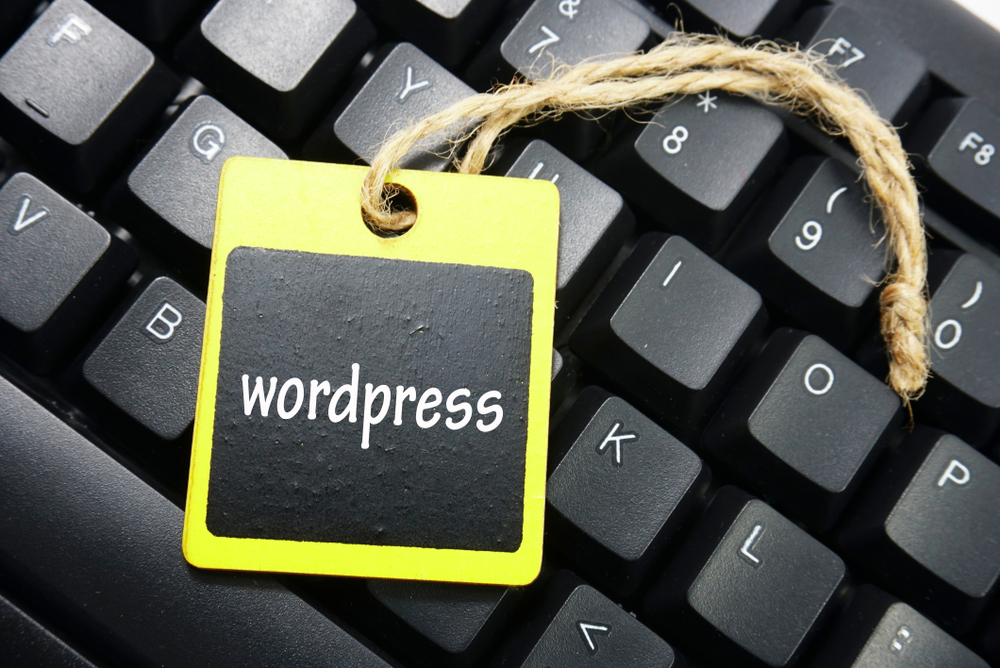
WordPress has become the go-to platform for building and managing websites, thanks to its user-friendly interface and vast array of customization options. Whether you are a beginner or a seasoned professional, there are always ways to improve your WordPress skills and enhance your website's functionality. In this article, we will explore expert tips for customizing and maintaining your WordPress (or WP) website, helping you to create a unique and professional online presence.
1. Choose the Right ThemeOne of the key features of WordPress (WP) is its extensive collection of themes. When selecting a theme for your website, it is important to consider both its appearance and functionality. Look for a theme that aligns with the purpose of your website and is optimized for speed and mobile responsiveness. Customization options such as color schemes, fonts, and layouts should also be taken into account. Remember, a well-designed theme can significantly enhance the overall user experience of your website.
2. Customize the Appearance with Plugins
Plugins are a powerful tool for customizing and extending the functionality of your WordPress website. With thousands of plugins available, it can be overwhelming to choose the right ones. Start by focusing on essential plugins, such as those for security, caching, and search engine optimization (SEO). From there, you can explore additional plugins to enhance specific features of your website, such as social media integration, image optimization, or contact forms. Always research each plugin thoroughly and ensure it is regularly updated to maintain compatibility with WordPress (the blogging platform) updates.
3. Optimize Your Website for Speed
Website speed is a vital factor in user experience and search engine rankings. To optimize your WordPress website for speed, there are several steps you can take. First, choose a reliable hosting provider that offers a server optimized for WordPress (the platform for bloggers) . Remember to compress and optimize your images to reduce file sizes without compromising quality. Additionally, consider using caching plugins, enabling browser caching, and minimizing external HTTP requests. Regularly monitor your website's speed using tools like GTmetrix or Google PageSpeed Insights and make necessary improvements.
4. Regularly Update WordPress and Plugins
WordPress and plugin developers regularly release updates to improve performance, fix bugs, and address security vulnerabilities. It is crucial to keep your WordPress installation and plugins up to date. Set up automatic updates or regularly check for updates and proceed cautiously by creating backups before updating. Failure to update exposes your website to potential security threats and can lead to compatibility issues as WordPress evolves.
5. Improve Website Security
Security is a top priority for any website owner. WordPress provides several security features and plugins to protect your website from hackers and malicious attacks. Start by using a reliable and secure hosting provider, such as those who offer SSL certificates for encrypted communication. Enforce strong passwords for user accounts and limit login attempts to prevent brute force attacks. Install a reputable security plugin that offers features like firewall protection, malware scanning, and blacklist monitoring. Regularly scan your website for vulnerabilities and take immediate action if any risks are identified.
Frequently Asked Questions
1. Can I customize my WordPress theme without coding knowledge?Absolutely! WordPress offers a user-friendly interface that allows you to customize your theme without any coding knowledge. Most themes have built-in customization options that allow you to change colors, fonts, layouts, and more. Additionally, there are numerous plugins available that provide further customization options.
2. How do I add new functionality to my WordPress website?
WordPress plugins are the answer to adding new functionality to your website. From contact forms to e-commerce functionality, there is a plugin for almost anything you want to achieve. Simply search for the desired functionality in the WordPress plugin directory, install and activate the appropriate plugin, and follow the provided instructions.
3. Will changing my theme affect my website's content?
Changing your theme can affect the appearance of your website, but it should not affect your content. However, it is always recommended to create a backup of your website before making any major changes, as a precautionary measure.
4. How often should I update WordPress and plugins?
Regular updates are essential to ensure the security and optimal performance of your WordPress website. It is recommended to update WordPress and plugins as soon as new versions are released, but always create backups before proceeding with updates.
5. How do I improve my WordPress website's SEO?
WordPress is known for its SEO-friendly structure, but there are additional steps you can take to optimize your website's SEO. Start by installing an SEO plugin, such as Yoast or All in One SEO, which will guide you through optimizing individual pages/posts. Focus on creating high-quality content, optimizing meta tags, utilizing keywords, and improving website speed. It is also important to build quality backlinks and promote your website through various channels.
In conclusion, mastering WordPress is a continuous learning process. By selecting the right theme, customizing appearance with plugins, optimizing speed, keeping WordPress and plugins updated, and enhancing security, you can elevate your website to new heights. Remember to always research and test new strategies, and stay updated with the latest WordPress trends and best practices. With determination and the right approach, you can create a professional and customized website that stands out from the crowd.
Other useful resources
- https://www.wordpress24plus.com/services/
- https://www.wordpress24plus.com/wordpress-tools-directory/wordpress-themes/
- https://www.wordpress24plus.com/services/wordpress-development/